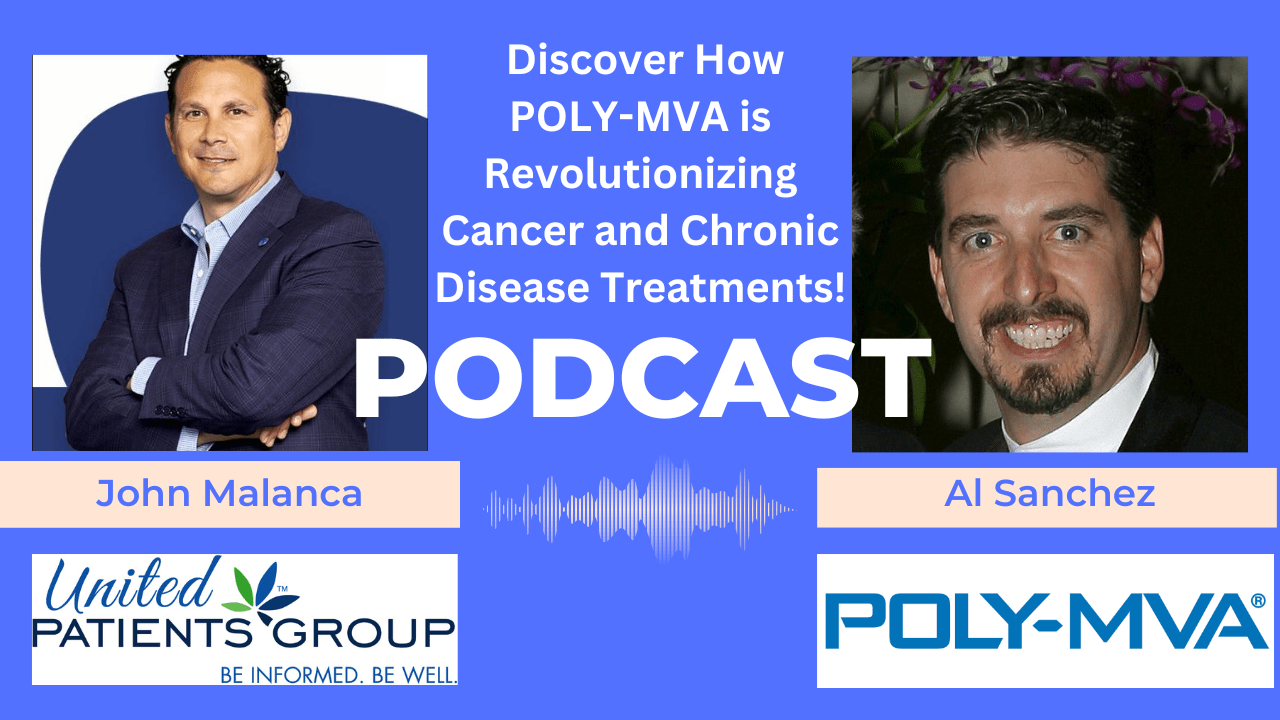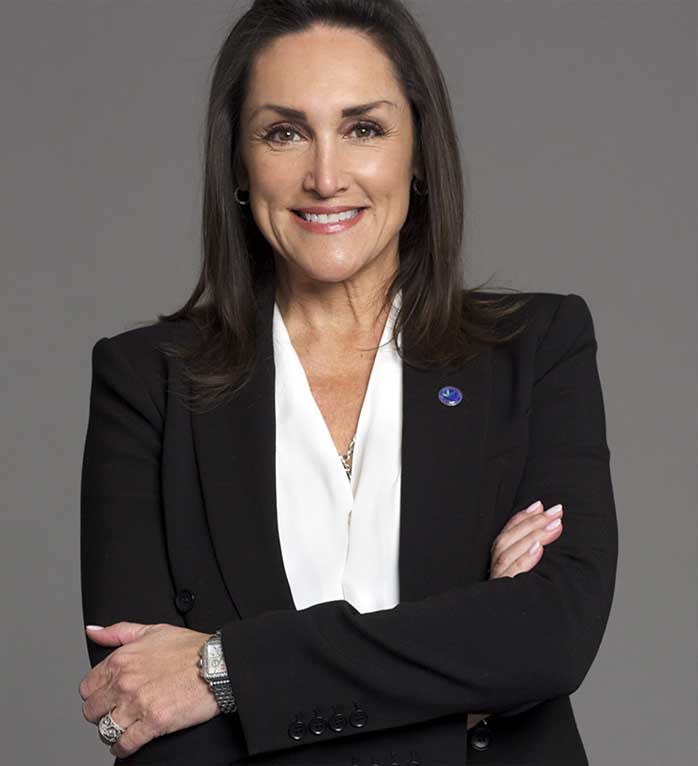Article Topics
 Despite harsh laws enforced by the “War on Drugs,” drug abuse is still a major issue in the United States. Even more worrying is the number of accidental deaths caused by drug overdoses every year. In fact, in 2014, there were 47,055 accidental deaths from drug overdoses in the US, making it the highest cause of accidental death in the country. An even more revealing fact is that 18,893 of those deaths were related to opioid pain reliever prescriptions.
Despite harsh laws enforced by the “War on Drugs,” drug abuse is still a major issue in the United States. Even more worrying is the number of accidental deaths caused by drug overdoses every year. In fact, in 2014, there were 47,055 accidental deaths from drug overdoses in the US, making it the highest cause of accidental death in the country. An even more revealing fact is that 18,893 of those deaths were related to opioid pain reliever prescriptions.
It’s clear that there is an effort being made to help opioid addicts recover, but we may be looking in the wrong direction. After all, if nearly half the overdose deaths are caused by the drugs that are meant to cure an opioid addict, then there is clearly something amiss.
The studies
Instead, Zach Walsh, an associate professor of psychology at the University of British Colombia, suggests that cannabis may be the answer we’re searching for. Walsh and his team reviewed 60 different studies on medical and non-medical use of cannabis. What they found is not something new. The theory that marijuana could be employed to treat substance abuse as well as mental health illnesses such as depression, PTSD, and social anxiety, has been noted before.
reviewed 60 different studies on medical and non-medical use of cannabis. What they found is not something new. The theory that marijuana could be employed to treat substance abuse as well as mental health illnesses such as depression, PTSD, and social anxiety, has been noted before.
In fact, a study was conducted on 404 medical cannabis patients from four marijuana dispensaries in British Colombia about using marijuana in place of other more harmful substances. The study found that 68% of the respondents had substituted marijuana for prescription drugs, 49% had replaced alcohol, and 6% used marijuana instead of illicit substances such as heroin or cocaine.
Cannabis as an exit drug
Many people say that marijuana is a gateway drug, but it’s becoming clear that it’s actually more of an exit drug. As an exit drug, it’s the perfect candidate. It’s been proven that marijuana is not addictive, has very few side-effects, and is nearly impossible to overdose on.
 The concept of an exit drug is not a new one either. In 1947, Eli Lilly and Company started giving methadone to patients to help them break their heroin habits. But swapping heroin for methadone is like swapping ice cream for gelato; they’re not all that different where it matters. Methadone, just like heroin, is very addictive and dangerous. In 2011, 4,418 people died of methadone-related deaths in the US.
The concept of an exit drug is not a new one either. In 1947, Eli Lilly and Company started giving methadone to patients to help them break their heroin habits. But swapping heroin for methadone is like swapping ice cream for gelato; they’re not all that different where it matters. Methadone, just like heroin, is very addictive and dangerous. In 2011, 4,418 people died of methadone-related deaths in the US.
Cannabis can help opioid addicts ease away from their habit with few negative effects and plenty of good ones such as relief from the pain that comes with opioid and alcohol withdrawals. The bottom line is that marijuana is a much safer, healthier option for addiction treatment than prescription drugs. Dr. Uma Dhanabalan of Uplifting Health and Wellness puts it best when he says, “Synthetic opioids kill, cannabis does not.”
Who suffers from the ban on cannabis?
 In a previous UPG blog post, we discussed the issue of athletes’ addiction to pain killers after injuries. A study conducted by Washington University in 2011 found that retired NFL players are four times more likely to abuse prescription painkillers than the general population. The study also discovered that the retired NFL community is fraught with prescription medication abuse of highly-addictive, toxic prescription pain medications such as Hydrocodone, Vicodin, Percocet, Toradol, and Celebrex, just to name a few.
In a previous UPG blog post, we discussed the issue of athletes’ addiction to pain killers after injuries. A study conducted by Washington University in 2011 found that retired NFL players are four times more likely to abuse prescription painkillers than the general population. The study also discovered that the retired NFL community is fraught with prescription medication abuse of highly-addictive, toxic prescription pain medications such as Hydrocodone, Vicodin, Percocet, Toradol, and Celebrex, just to name a few.
But NFL players are starting to speak out about cannabis regulations and demanding the right to make decisions regarding their health. It makes sense why. As professional football players, injuries and pain are part of the job description, and pain and anti-inflammatory medications are obvious add-ons. But many are worried about the effects that constant medication could be having over the long term. They want other options and the clearest one is cannabis.
According to ESPN Magazine, 61% of the 226 active NFL players surveyed said that they would take fewer injections of risky anti-inflammatory drugs such as Toradol if they had the option of legally treating the pain and inflammation with cannabis. Those who have used Toradol or other strong painkillers over long periods of time have experienced distressing symptoms such as intestinal bleeding. NFL players also report concern about addiction. Forty-two percent believe that they know a teammate who is addicted to painkillers.
But NFL players are not the only ones that suffer because of the ban on marijuana that is still in place in 22 states, they just happen to be some of the highest profile ones. The CDC states that “the United States is in the midst of an opioid overdose epidemic,” and they also note that half of the opioid deaths in the country are attributed to prescription opioids.
It’s a vicious cycle. Someone in chronic pain must take pain medication, but the pain medication is highly addictive so they wind up using the medication long after it’s useful and dealing with the negative side-effects. For people who are already addicted to opioids, they may be prescribed synthetic opioids to help them break their habit. However, the prescription medication is just as addictive and does not guarantee that the addiction won’t end in overdose.
Cannabis is the obvious choice for treating addiction
When it comes to choosing synthetic opioids versus cannabis, there are a number of qualities that separate the two and make for one clear winner. Both substances interact with receptors in the brain that control pain, reducing the sensation. However, the receptors that opioids interact with also control breathing, whereas the endocannabinoid system that cannabis interacts with does not. Most opioid overdoses occur when breathing has relaxed to the point of ceasing.
 You would think cannabis would be the obvious choice. Unfortunately, due to continued restrictions on cannabis under the Federal Schedule I classification, synthetic opioids are more readily available and more widely prescribed for treating pain and addiction. There is some speculation that organizations such as private prisons, prison guard unions, police unions, and of course, pharmaceutical companies put countless dollars into keeping cannabis treatments from those who really need it, such as people who suffer from drug addiction. Particularly in this case, Big Pharma stands to lose $24 billion dollars in the pain industry if cannabis takes over.
You would think cannabis would be the obvious choice. Unfortunately, due to continued restrictions on cannabis under the Federal Schedule I classification, synthetic opioids are more readily available and more widely prescribed for treating pain and addiction. There is some speculation that organizations such as private prisons, prison guard unions, police unions, and of course, pharmaceutical companies put countless dollars into keeping cannabis treatments from those who really need it, such as people who suffer from drug addiction. Particularly in this case, Big Pharma stands to lose $24 billion dollars in the pain industry if cannabis takes over.
However, more and more states are siding with the medical marijuana industry, which means more studies like Walsh’s are imminent. As the evidence for cannabis’s efficacy in treating addiction becomes clearer, there will be no ignoring that something needs to change in the way we treat addiction.







































I have suffered from chronic pain for over 25 years….narcotics stops working. Lots and lots of narcotics a day. Have no idea how i survived. Finally flushed them one day. I choose other ways and yoga
Something has to be done about the use of narcotics and these pain management doctors. Im very lucky to be alive today. Thank you God….what can i do to help?